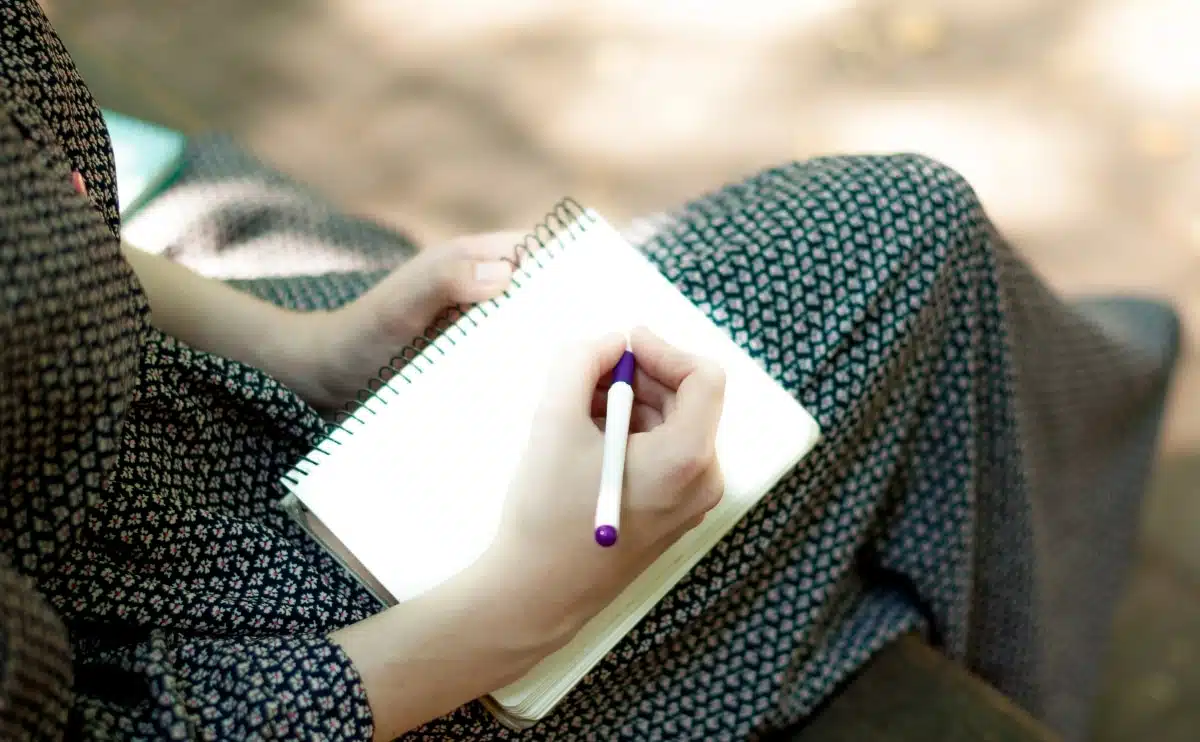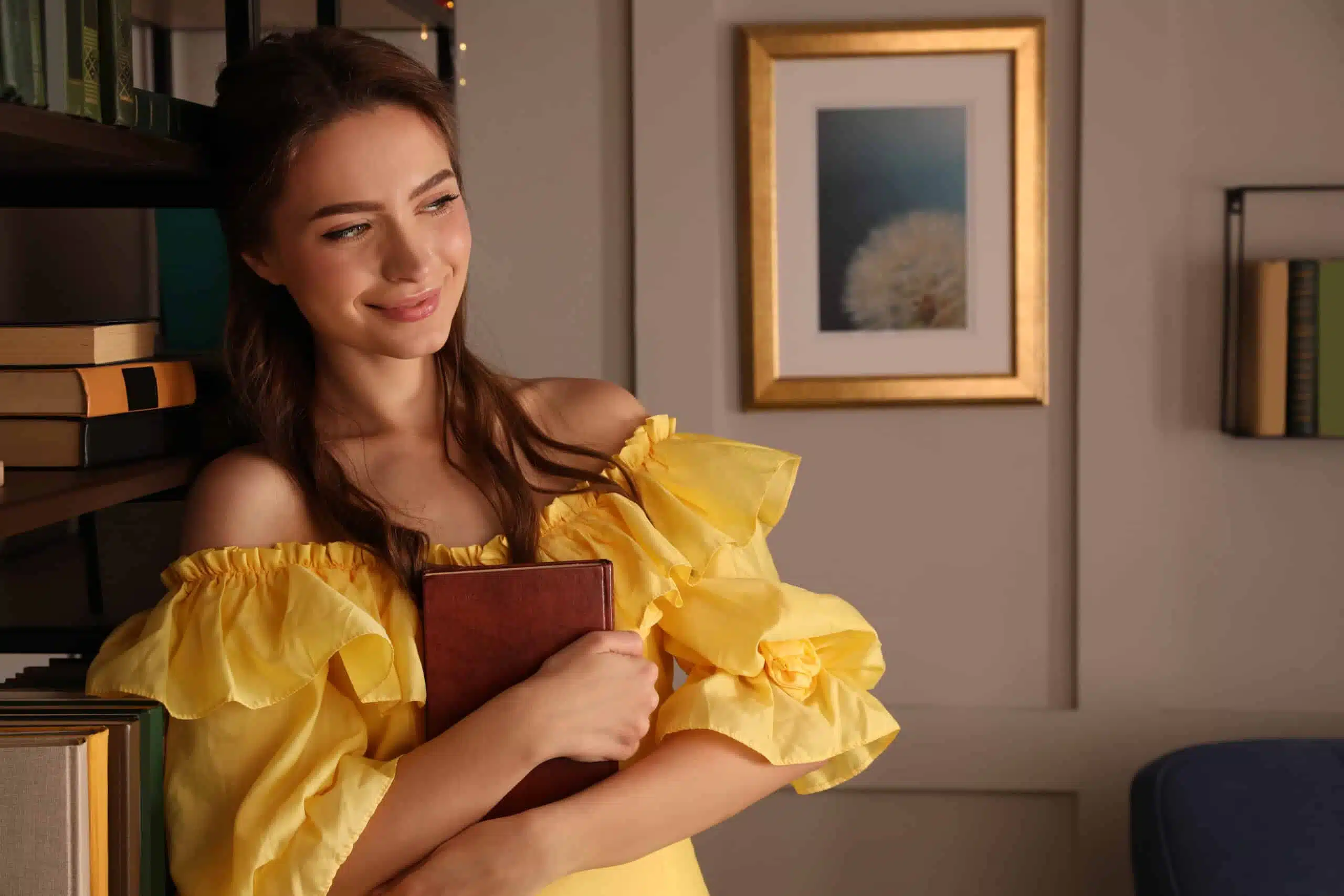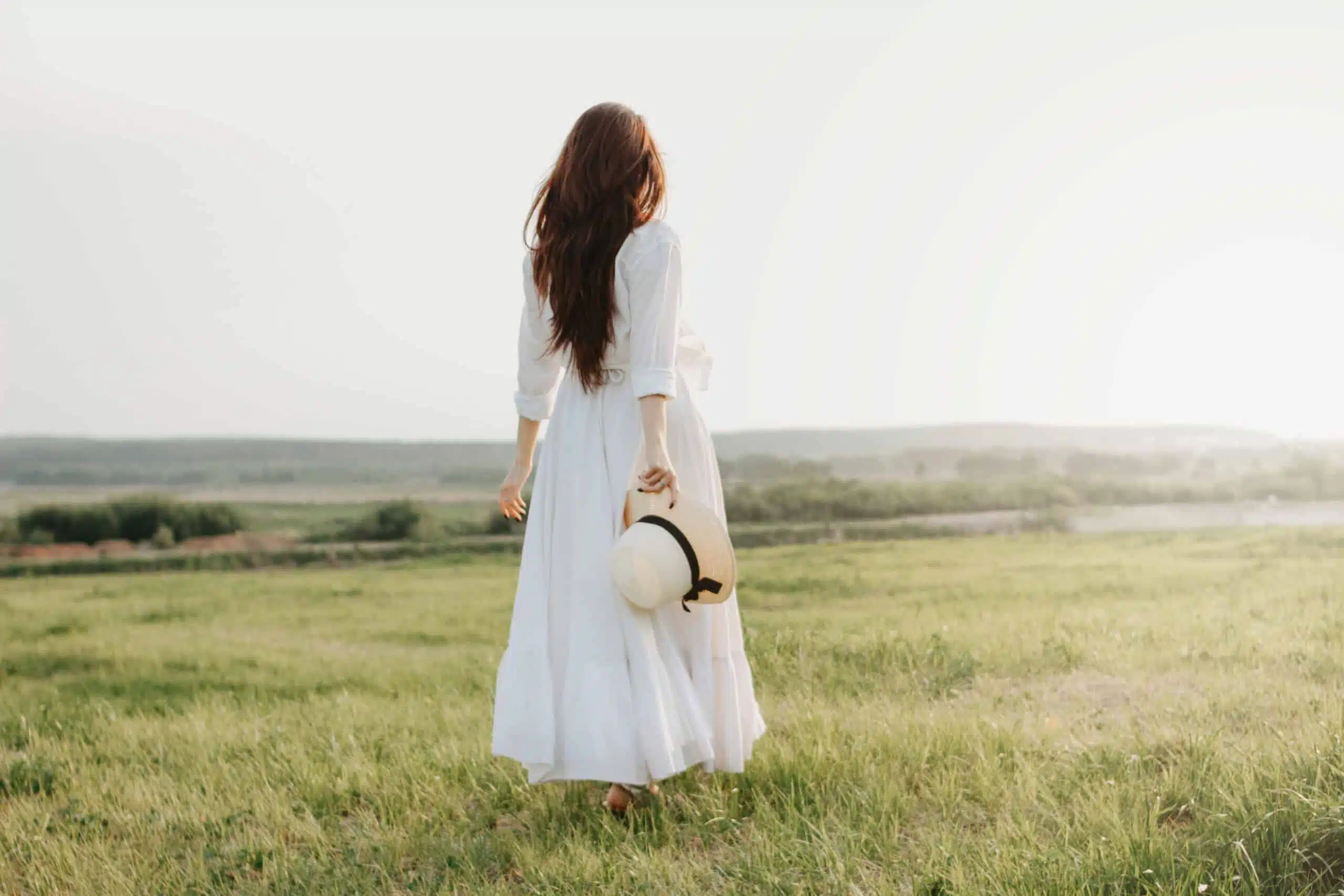Here’s what the Palindrome poetry form is:
Palindrome poems, or mirrored poems, describe a category of poems that revolve around the idea of the palindrome (words, phrases, or sentences that read the same backwards as forwards).
This concept can be taken in several different directions, with mixed results, so there’s no absolute definition of this poem type.
So if you want to learn all about the Palindrome poetry type, then you’ve come to the right place.
Let’s get right to it!
- Diminishing Hexaverse Poetry Form
- Allegorical Poetry Form: Veil Truth in Verse
- Sijo Poetry Form: Quench Mind’s Thirst
- Tautogram Poetry Form: Harbor Harmony’s Hush
- Nonet Poetry Form: Carve Beauty in Lines
- Echo Verse Poetry Form: Amplify Your Emotions
- Contrapuntal Poetry Form: Echo Twin Realms
- Found Poetry Form: Discover Beauty in Scraps

Forms of Poetry: Palindrome Poems

I should first make the distinction that palindrome poems are more of a ‘type’ than a ‘form’ strictly because the exact definition can vary slightly.
What does not vary is that they all employ some form of mirroring, so that the poem is (in some way) the same when read forwards as it is when it is read backwards.
The definition of the word palindrome actually refers to a word, phrase, or sentence that reads the same backward as it does forwards, so it’s not hard to see where the inspiration for the form came from.
Examples of word-length palindromes include civic, level, rotor, etc.
Palindrome poems are sometimes called mirrored poems.
Basic Properties of the Palindrome Poem

| Rhyme Structure | Optional |
| Meter | Optional |
| Origin | Unknown |
| Popularity | Scattered |
| Theme | Varies |
How Are Palindrome Poems Structured?

This is where things get tricky.
There are technically different types of palindrome poems.
While they each are based on the simple concept of “a poem based on palindromes” the technical execution differs wildly and affects the structure of the poem itself.
The most common type of palindrome poem, probably because it’s the easiest, involves writing the lines of the poem in reverse in the second half of the poem.
So the first line becomes the last line, the second becomes the penultimate line, and so on all the way to the middle where the last line of the first half may or may not be repeated, since it represents the middle point of the poem.
For reference, this particular type of palindrome poem looks like this:
I dream at night
the marvelous things
I could never obtain
in the waking world.
I oft lose hope,
dreaming once more,
and stand up.
I wonder and wander.
I wonder and wander
and stand up,
dreaming once more.
I oft lose hope
in the waking world.
I could never obtain
the marvelous things
I dream at night.
The example above showcases some of the particular techniques that work well in a palindrome poem.
Namely, take note of the lines that have slightly shifted meaning due to the way the poem recontextualizes them in the second verse.
While both verses have a mix of optimism and pessimism, the individual pieces feel new again when you set them up to flow back into each other with a different syntax.
The second technique used here is a creative manipulation of grammar.
The first verse ends with a full sentence, “I wonder and wander,” which is then revealed in the second verse to be one clause within a three-part sentence, “I wonder and wander and stand up, dreaming once more.”
This is all done just by shifting where the periods and commas appear.
Another way to write a palindrome poem is to have the lines reverse not just in order but in actual sentence structure.

Dreams until death.
Me haunting myself like specters,
witness fear deflating
light, in hope of glimpses.
Glimpses of hope in light
deflating fear. Witness
specters like myself, haunting me.
Death until dreams.
Again, punctuation is used to manipulate the understanding of the words and phrases used.
This concept of reversal can ultimately be applied in various other ways as well.
Keep in mind that the idea of a “palindrome poem” hasn’t been codified into any one specific form, so as long as your poem is conceptually linked to the general premise, you can freely call your efforts a palindrome poem.
This might involve writing a poem that only uses words that are palindromes, writing a poem in which every line is a palindrome, linking multiple palindrome poems together in a structure that alternates forwards and backwards interpretations of the lines, etc.
The idea hasn’t been fully explored yet, chiefly because palindrome poems get progressively harder as you go deeper down the rabbit hole of possibilities.
Even just increasing the length of a palindrome poem by a couple of lines drastically affects the difficulty, and it becomes a word game that you’re playing with yourself, which can get tedious for impatient poets.
As such, I would distinctly qualify most variants of the palindrome poem as “advanced” with a special exception for those palindrome poems that only reverse the order of the lines without employing any actual palindromes.
I would class those as intermediate, but there’s a sort of asterisk that goes next to those poems because while they’re undoubtedly mirrored, they technically don’t have any palindromes by the definition of the word.
Tips for Writing a Palindrome Poem

It will literally never be easy to write an impressive palindrome poem.
Start by accepting and internalizing that. Even if you get very good at writing them, they will always require an extensive time investment and the output can be quite awkward and clunky at first.
So give yourself permission to write them badly as practice, just so you can start to get a feel for what words and phrases work well for what you’re trying to accomplish.
The best advice I can give you is to start by reading palindrome poems.
A lot of them.
Study them and dissect them.
Look at what words are used and where they’re used.
Pay special attention to how the writer positions his articles and adjectives and nouns.
Steal techniques from the best examples you find and make them your own.
If you’re going to really dive into palindrome poetry, then I need to warn you up front that you’re entering wide expanses of unmapped territory.
Famous examples of palindrome poems are few and far between, with only vague definitions of what even constitutes a palindrome poem when compared to the more concrete and technical poem types out there.
But the best palindrome poems can turn the reader’s initial impressions around mid-poem, revealing a new perspective or a new message in the second half of the poem that will feel especially mind-blowing because of the painstaking effort that’s readily apparent.

This is one of the rare poem forms where even a casual reader can tell, at a glance, that the writer worked hard on this particular poem and put a lot of forethought into it.
Sadly, this isn’t a poem form that often leads to extensive fanfare.
For one, it’s hard to maintain the raw focus and resolve it would take to write more than one palindrome poem at a time, so they tend to just be stand-out poems in larger bodies of work.
Second, while their challenge never wavers for the writer, their novelty quickly wears thin for the reader.
As a result, you won’t find many dedicated collections of palindrome poems, because they honestly just look a lot less impressive when you see ten of them back-to-back.
My honest advice as a professional is that this is a fun form to dabble in, but not something to aspire to as a focal point of your writing career, at least not at this point in time.
Poet’s Note

I should point out that you can get a kick out of reading obviously bad palindrome poems as well, just in a different way.
There’s something charming about seeing a poem that resorts to using gibberish phrases and meaningless assortments of words just to incorporate the concept of palindromes in its design.
Comprehensive Collection of Poetry Forms: Craft Words Into Art

Dare to traverse the entire spectrum of poetic forms, from the commonplace to the extraordinary?
Venture from the quintessential Sonnet to the elusive Mistress Bradstreet stanza, right through to the daunting complexity of Cro Cumaisc Etir Casbairdni Ocus Lethrannaigecht.
For those with a zeal to encounter the full breadth of poetry’s forms, this invitation is yours.
Start exploring the vast universe of poetic ingenuity with our comprehensive array of poetry forms right now!
- Diminishing Hexaverse Poetry Form
- Allegorical Poetry Form: Veil Truth in Verse
- Sijo Poetry Form: Quench Mind’s Thirst
- Tautogram Poetry Form: Harbor Harmony’s Hush
- Nonet Poetry Form: Carve Beauty in Lines
- Echo Verse Poetry Form: Amplify Your Emotions
- Contrapuntal Poetry Form: Echo Twin Realms
- Found Poetry Form: Discover Beauty in Scraps
